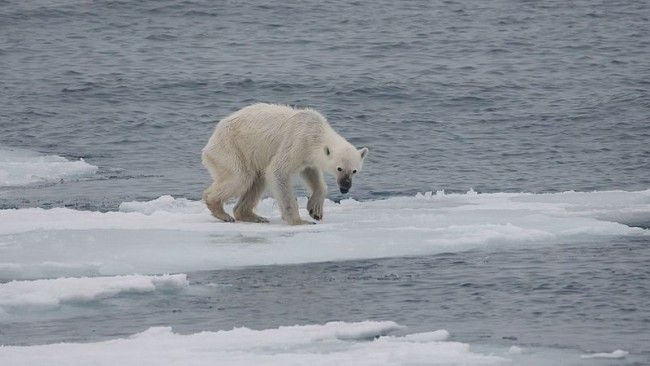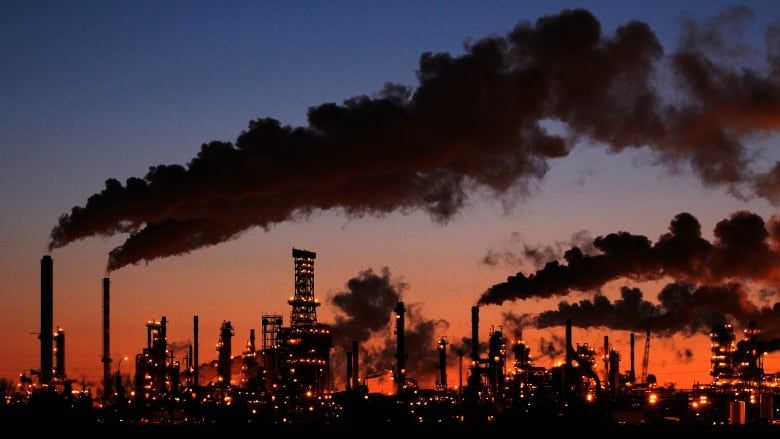A little reality check: protecting the world against the frightening effects of climate change would take more than just using bamboo straws and paper cups.
Time and time again, environmental scientists and advocates remind us to refrain from doing activities that accelerate climate change and global warming in hindsight. The sad reality is, we are only reminded of this problem when we see pictures of starving polar bears or thirsty koalas that animal welfare organizations desperately put online to raise awareness.
Global warming continues to happen even when we're not looking. According to a United Nations report, we only have less than a decade to prevent the irreversible damage of climate change. “We are the last generation that can prevent irreparable damage to our planet,” the report said.
In this article are some of the most important climate updates that happened over the past year.
Read also: How Real Is Climate Change?

CO2 Levels
Atmospheric carbon dioxide (CO2) levels continue to rise in 2021. Just last March, the CO2 levels have already reached around parts per million (ppm). This is a 50 per cent increase over the 1750 to 1800 average.
Greenhouse gas worsens global warming when high levels of CO2 are collected in the atmosphere. This gas creates a cover that traps the sun's heat energy in the atmospheric bubble, warming the planet and endangering marine life.
More from Tatler: This Year Philippine Tatler Is Fighting To Protect Our Planet



